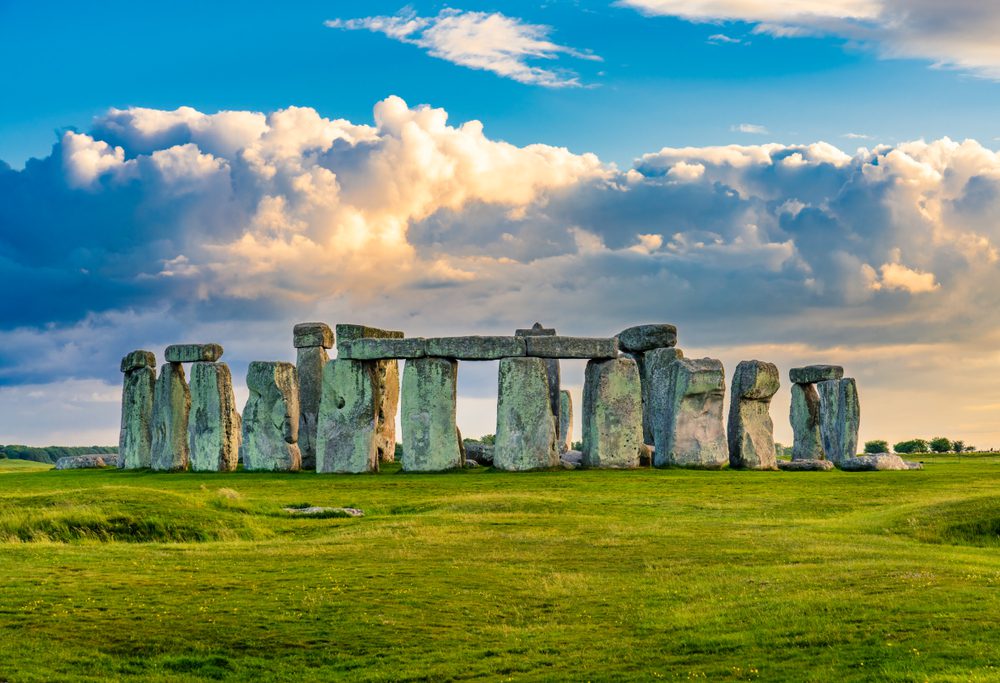The Mysteries of Stonehenge: Cattle’s Role in Its Construction

Stonehenge has long captivated the imagination with its massive bluestones, which were transported 280
kilometers from the Preseli Hills of Wales to the Salisbury Plain. For centuries, the method of this
transportation has baffled researchers. New insights suggest that ancient cattle may have played a
pivotal role in this monumental task.
Cow’s Tooth Unveils Ancient Secrets
Recent research has brought to light the significance of a single Neolithic cow tooth, discovered
over a century ago at Stonehenge’s southern entrance. Through advanced isotope analysis, scientists
from various institutions—including the British Geological Survey and Cardiff University—have traced
the cow’s life back 5,000 years.
The tooth analysis indicates a shift in the animal’s diet from woodland resources in winter to open
pasture in summer, pinpointing its origins in Wales. Strontium isotopes revealed food sources from
various geological areas, while lead isotopes matched those found in the Palaeozoic rocks of Wales,
highlighting a direct connection to the bluestones of Stonehenge.
This evidence aligns the cow’s journey with that of the iconic stones, suggesting a shared path from
Wales to Salisbury Plain.
Cattle: The Unsung Heroes
The findings imply that cattle were essential in the hauling of the massive bluestones, enduring the
same arduous journey as their human counterparts. Professor Jane Evans from the British Geological
Society highlights the importance of this discovery, stating, “A slice of one cow tooth has told us
an extraordinary tale.”
Additionally, the analysis revealed that the cow was likely pregnant during its journey, adding a
layer of symbolic meaning to her character—embodying strength, endurance, and fertility.
Reframing the Story of Stonehenge
Traditionally, Stonehenge has been celebrated as a monumental achievement of human engineering.
However, this new perspective intertwines cattle within that narrative, suggesting they were not
merely bystanders but active participants in the construction process. The evidence fosters a view
that livestock played a crucial role in transporting the bluestones.
“So often grand narratives dominate research on major archaeological sites, but this detailed
biographical approach on a single animal provides a brand-new facet to the story of Stonehenge,”
notes Professor Richard Madgwick from Cardiff University.
As research continues to unveil the complexities behind one of the world’s most remarkable monuments,
the story of Stonehenge has taken yet another fascinating turn—one that underscores the essential
partnership between humans and cattle.
Sources: British Geological Society
This rewritten article maintains a structured format suitable for WordPress integration while ensuring originality and enhanced readability.



